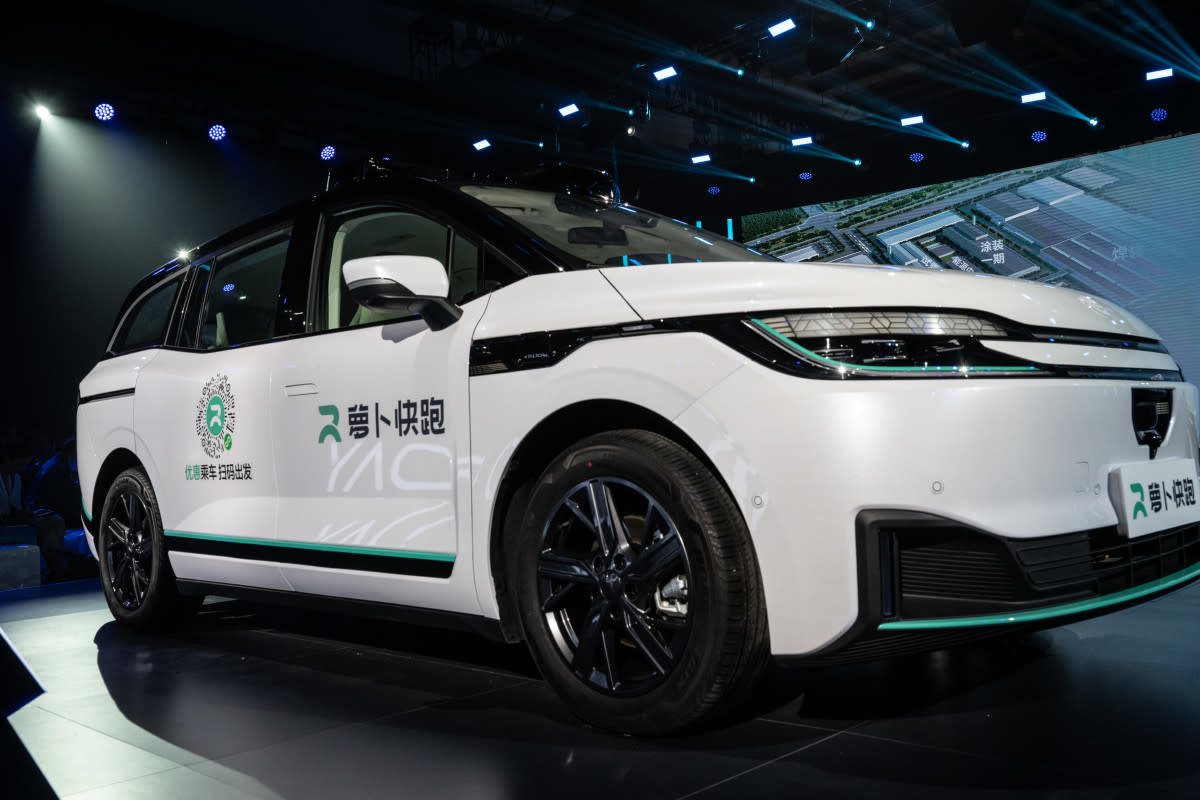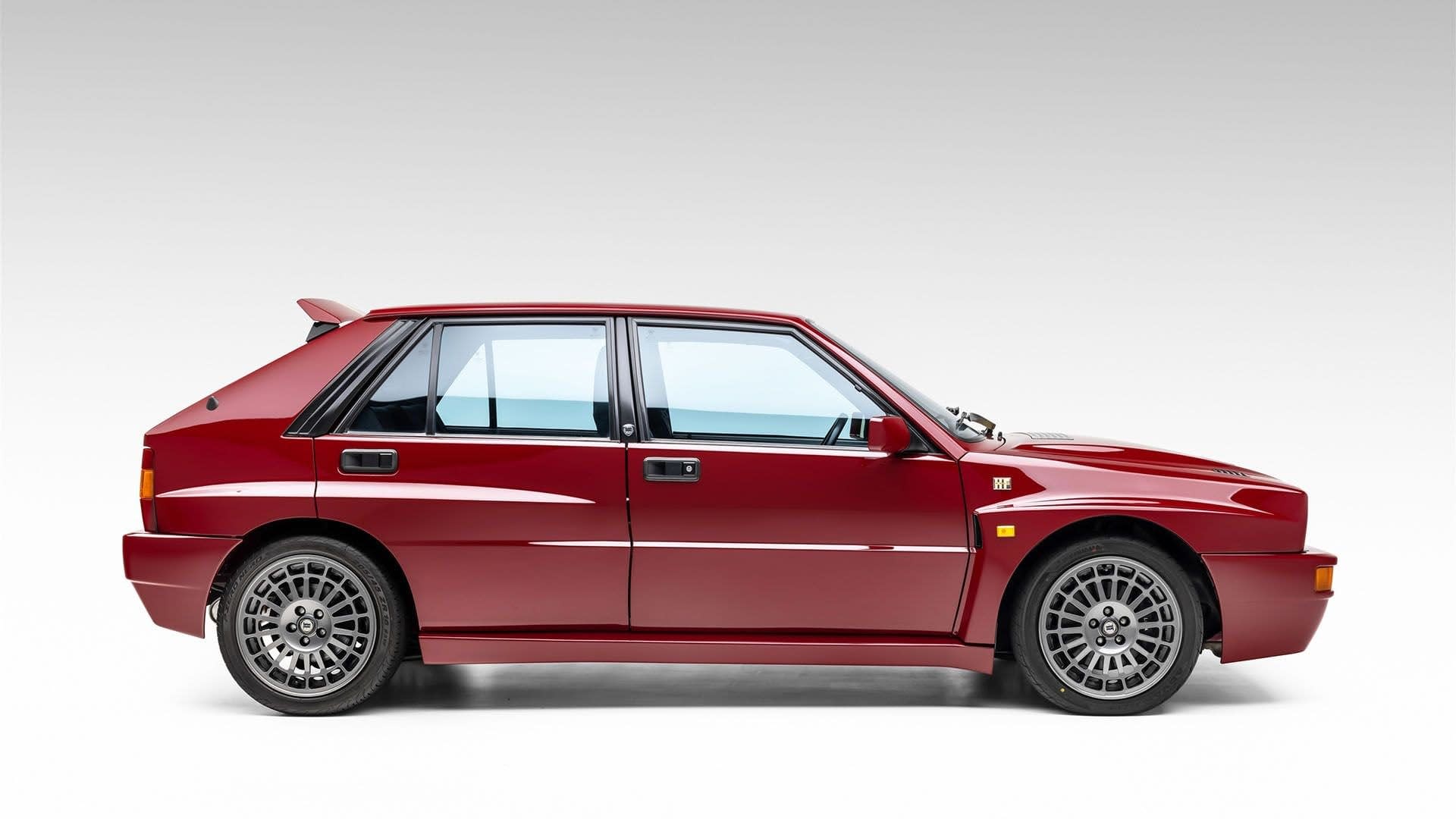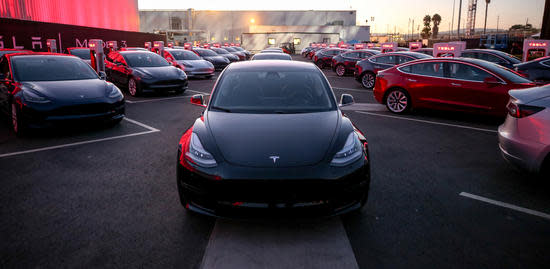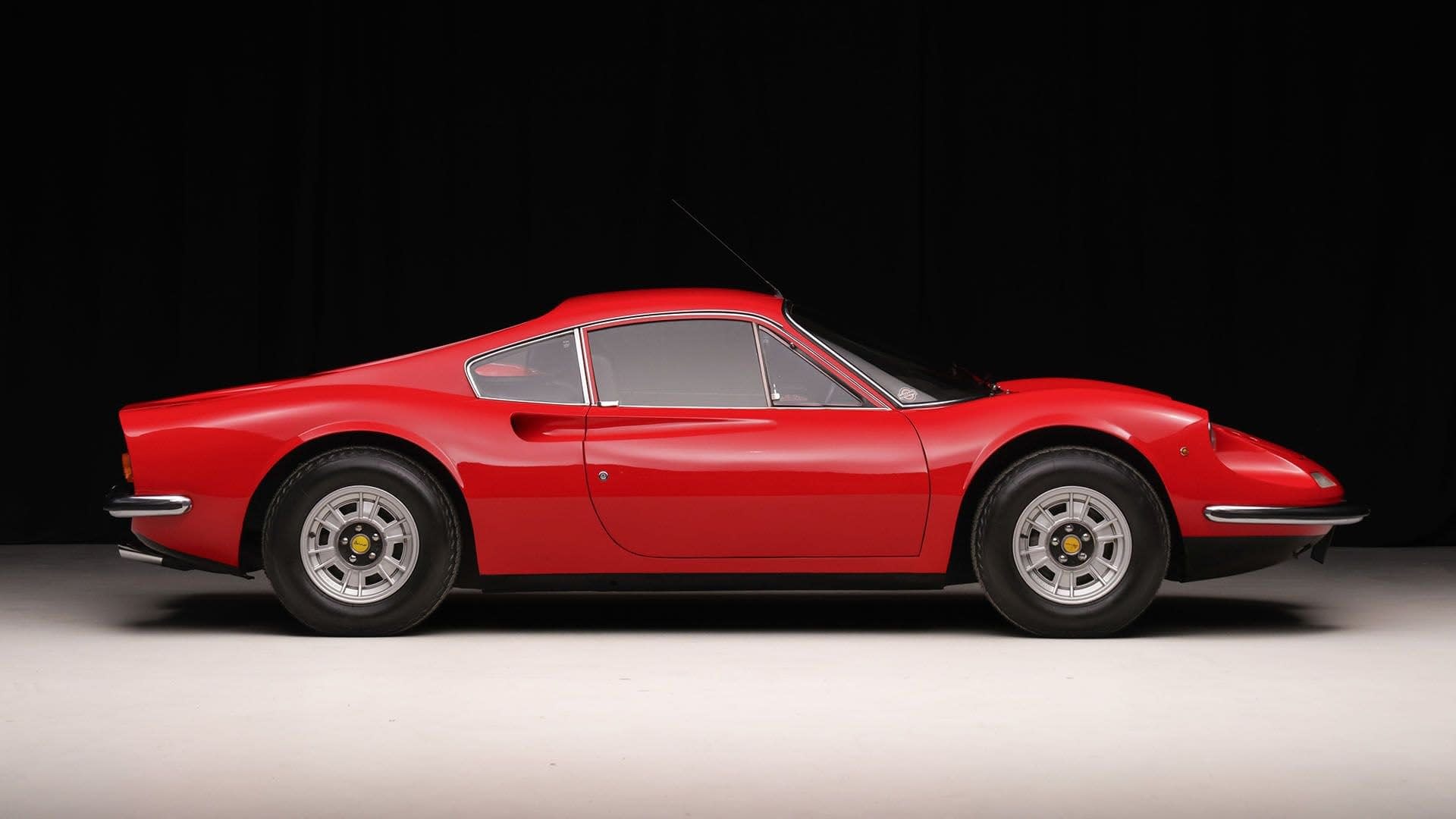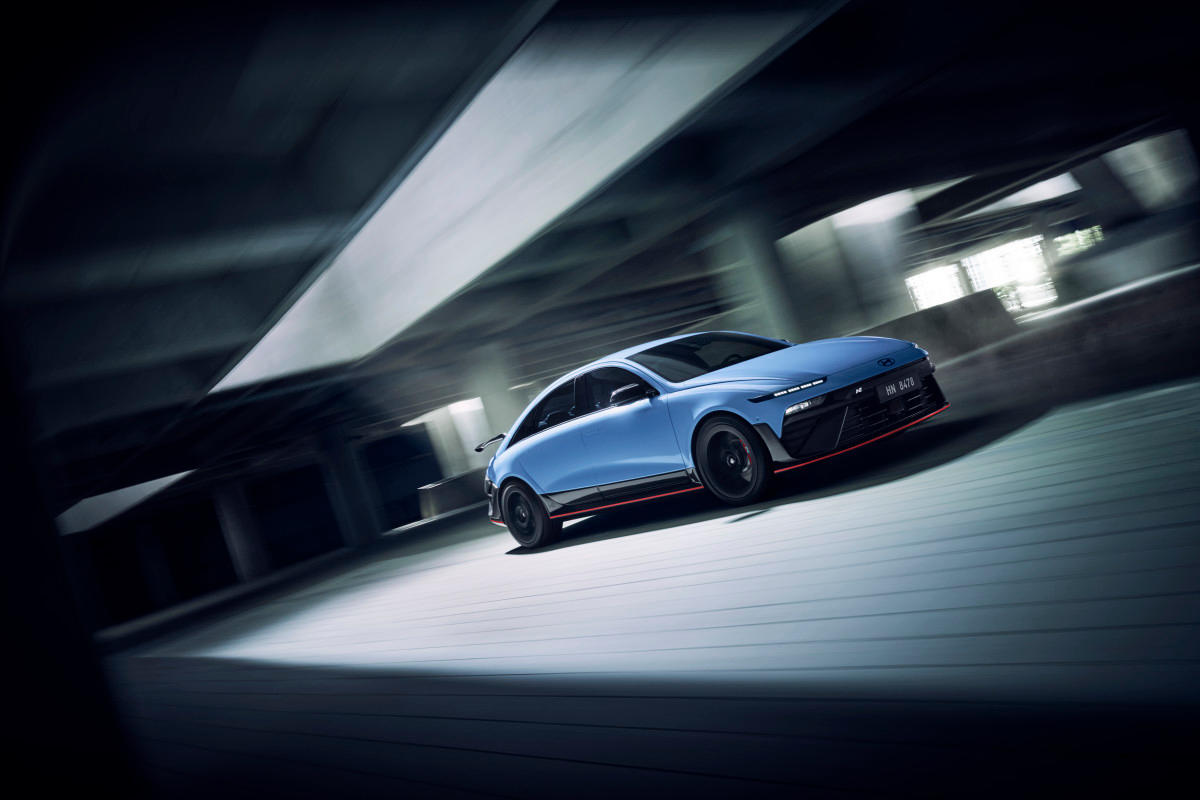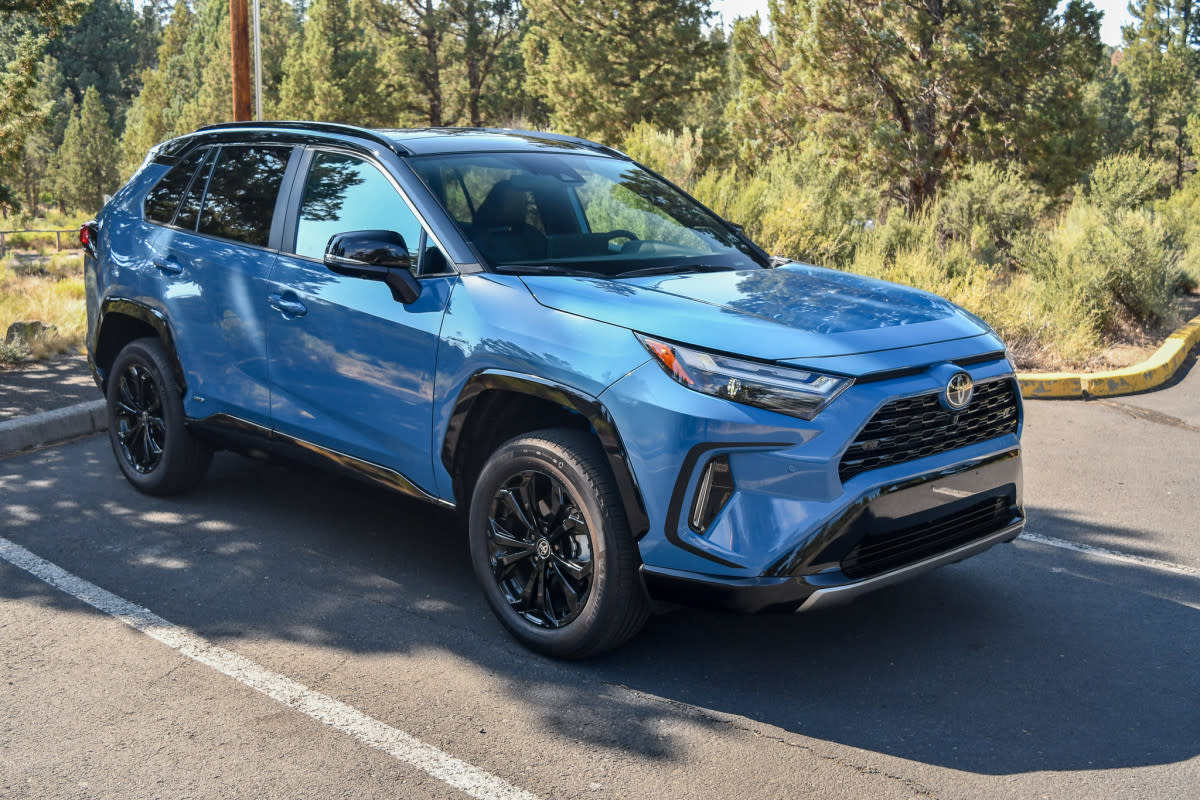
Subaru Isn't Going to Like Toyota's Hybrid MPG Numbers originally appeared on Autoblog.
Subaru returns to the hybrid game
Subaru loyalists have been asking—no, begging—Subaru to produce a hybrid that isn’t an expensive Crosstrek PHEV with Toyota’s leftover technology since 2021. Subaru attempted to develop its own system in 2014 for the Crosstrek, and it was…quite terrible. Then in 2019, Toyota and Subaru worked together for the Crosstrek PHEV, which had Toyota’s hybrid technology paired with a true AWD system. The car was okay, but the price was costly for a small SUV PHEV. Then, Subaru gave up in 2023, and loyalists were pretty upset about it. Now, unlike Subaru’s several (and successful) competitors, there wasn’t a single hybrid in the Subie lineup. That all changed this year, with two new EVs and a singular hybrid—the Forester.
 Kristen Brown
Kristen BrownView the 2 images of this gallery on the original article
Like old times, Subaru and Toyota worked closely together to develop the 2025 Subaru Forester hybrid. Subaru developed a significant amount of its own technology this time around, but Toyota was heavily involved in the decision-making and engineering processes for hybridization, while Subaru assisted in developing an effective AWD system. Now, the Forester competes with the Toyota RAV4 on both sides of the coin, both as a gas-only SUV and an AWD hybrid SUV. They’re both similar in size, cargo space, family-friendliness, and now, efficiency. So, is one really better than the other?
They’re very similar, but also very different
Both of them were ‘90s babies. The Toyota RAV4 came first in 1994, but it wasn’t 4WD until 1996. It fit with the small, capable, roomy, and affordable Japanese SUVs that swept the country. Then the Subaru Forester came along in 1998, which had an AWD system and a personality that many were quickly charmed by. Both SUVs were hot sellers, but when Toyota hybridized the RAV4 in 2016 (shortly after the first model year of the Crosstrek hybrid), it gained a leg up over the rapidly selling Forester. The Forester wouldn’t be a hybrid until a full decade later.
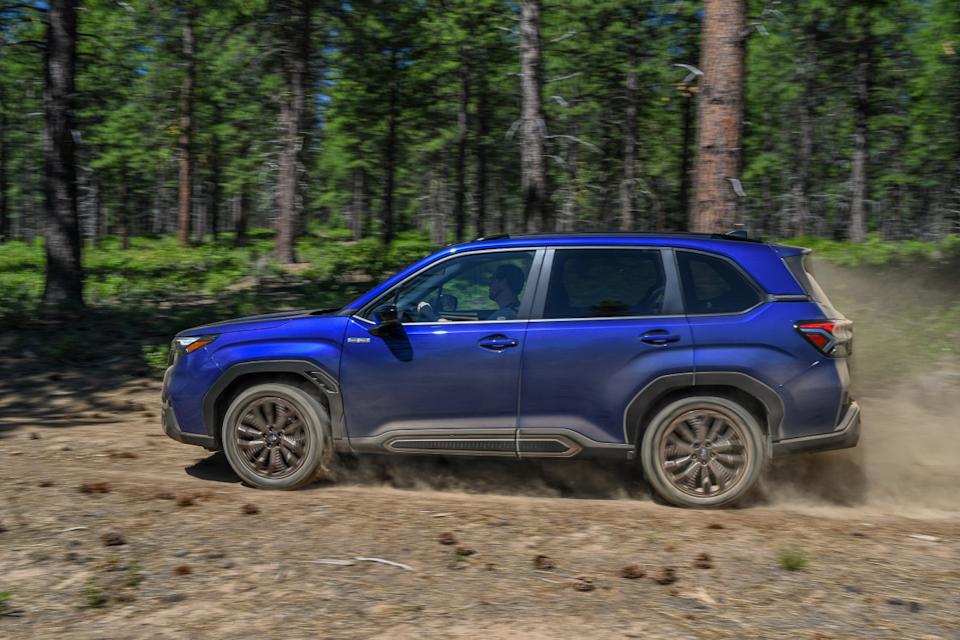 Kristen Brown
Kristen BrownToyota’s been increasing the shares it has in Subaru since its first purchase in 2005, and the partnership has resulted in some really cool cars. The Subaru BRZ and Toyota GR86 are great examples. So, the Subaru Forester hybrid obviously shares a lot with the RAV4, but there are some key differences worth noting.
First would be the AWD system
While Toyota and Subaru swap secrets, the Toyota RAV4 AWD hybrid does not include a traditional AWD system. The RAV4 is only AWD when bought as a hybrid, while the Subaru is AWD no matter what engine is in it. The AWD system in the Toyota has two axles in the front, while the rear “axle” is purely electronic. There’s no physical contact between the rear axle and the engine at all. When it doesn’t detect slipping, the SUV is programmed to bias the front wheels for the sake of efficiency. When slipping is detected or the driver puts it into “Trail” mode, the AWD system is evenly split. The brakes are automatically applied to individual wheels that don’t have traction, and power is sent to wheels that do.
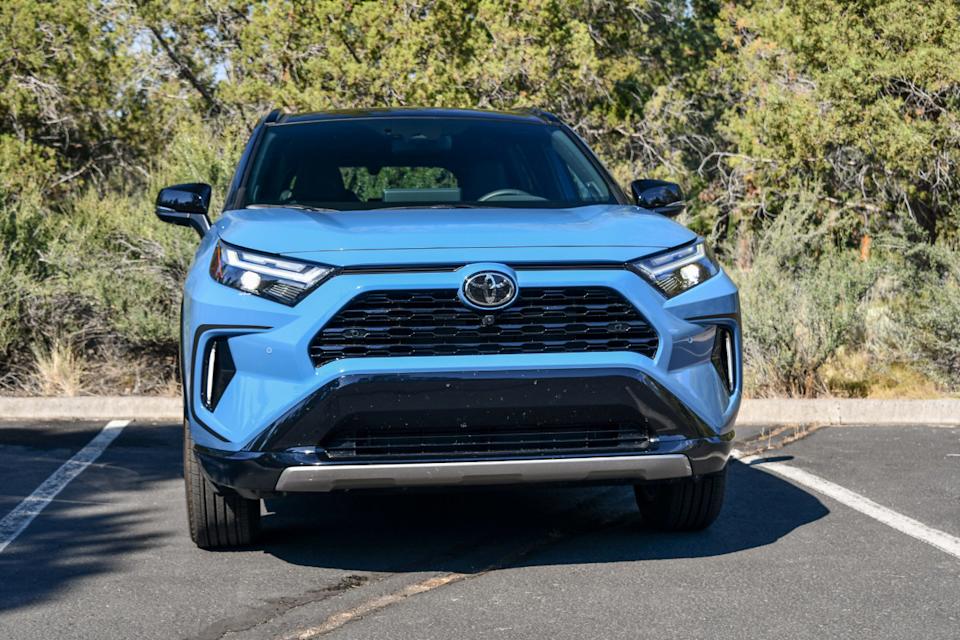
View the 2 images of this gallery on the original article
Subaru’s AWD system is more traditional. Like the Foresters before it, all four wheels have their own axle attached to the front and rear differential. There’s also a center differential, which allows the front and rear to spin at different speeds while making turns. It’s something Subaru’s always done well, and it’s quite nice to see the automaker carry the torch into the next generation. Its only downside, though, and it’s a big one, is the fact that a mechanical AWD system is much thirstier than an electronic (or “intelligent”) AWD system. It’s more effective off-road and in poor weather conditions, but at the cost of miles per gallon.
The Toyota is miles ahead of the Subaru…literally
When I had the Toyota a week before the Subaru, I was amazed by how efficient it was for being AWD. During my week, I was averaging 36.2 mpg in Normal mode, and when I switched it to Eco mode halfway through my review, I was getting 36.3. I’m confident that if I’d had it in Eco the whole time, I would be getting closer to 38 mpg with no problem. With two kids in their car seats, gear, my husband, and it being a mid-sized SUV, that’s impressive. To date, I haven’t driven a more efficient hybrid SUV.
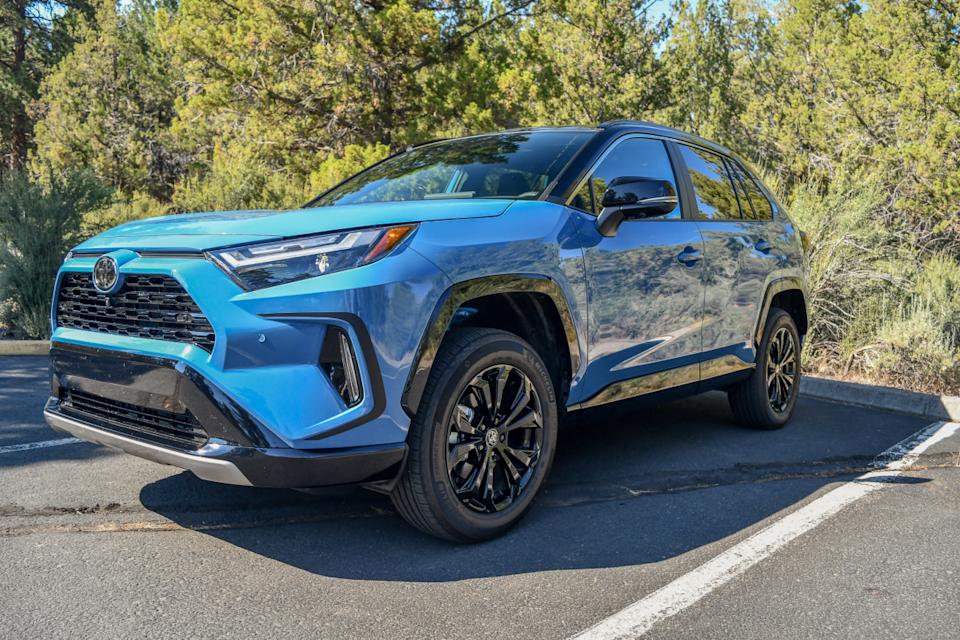 Kristen Brown
Kristen Brown The Subaru, on the other hand, never made it over 30 mpg. Mostly driving around town with the occasional jaunt on the highway, the closest I got to 30 mpg was 29.2. On the days when I’m mostly driving around town with lots of stopping and going at low speeds, it dropped to 26.5. Still, for an SUV that has a true, mechanical AWD system, it is fantastic.
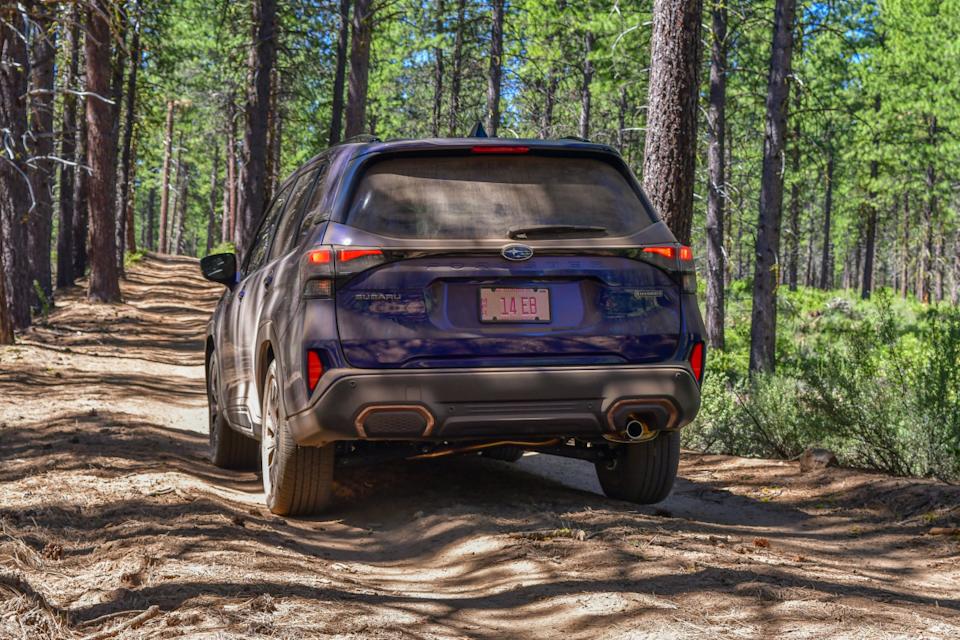 Kristen Brown
Kristen BrownAnother advantage of the RAV4 over the Forester is the pricing. The LE, which is the base model of the RAV4 hybrid, starts at $32,600, while the Forester hybrid starts at $36,595. The maximum MSRP for the RAV4 Limited is $40,905, while the Subaru Touring hybrid is $43,295.Now, if we’re talking a PHEV, the Toyota becomes the more expensive choice, but the Forester doesn’t have a PHEV, so it’s not exactly a fair competition.
Final thoughts
The Subaru Forester has the potential to be in the ring with the almighty RAV4, but I don’t think it’s there yet. I’m a Subaru loyalist, but if someone felt torn between the RAV4 and the Forester strictly for the hybridization, I’d have to recommend the RAV4. Toyota’s had several years to iron out and refine its hybrid and eCVT system, while this is the Forester's first model year as a hybrid with an all-new system.
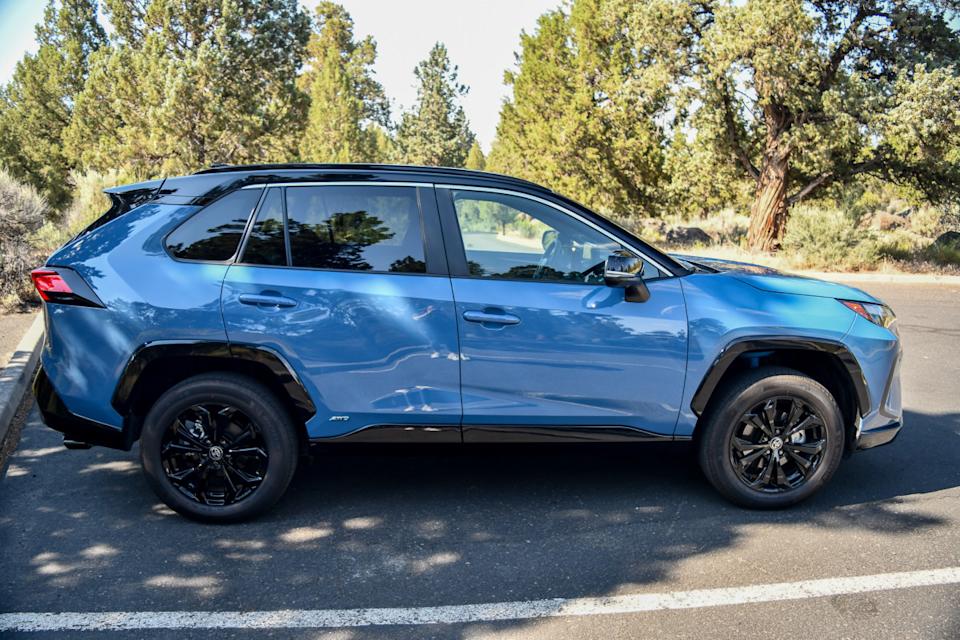 Kristen Brown
Kristen BrownDon’t get me wrong, there’s a lot I loved about the Forester over the RAV4, but that will come later. Call me old school, but I’m always hesitant when it comes to the first model year for any car. I’ll be watching with close, eager eyes as Subaru experiences and grows from the 2026 model.
Subaru Isn't Going to Like Toyota's Hybrid MPG Numbers first appeared on Autoblog on Jul 16, 2025
This story was originally reported by Autoblog on Jul 16, 2025, where it first appeared.






